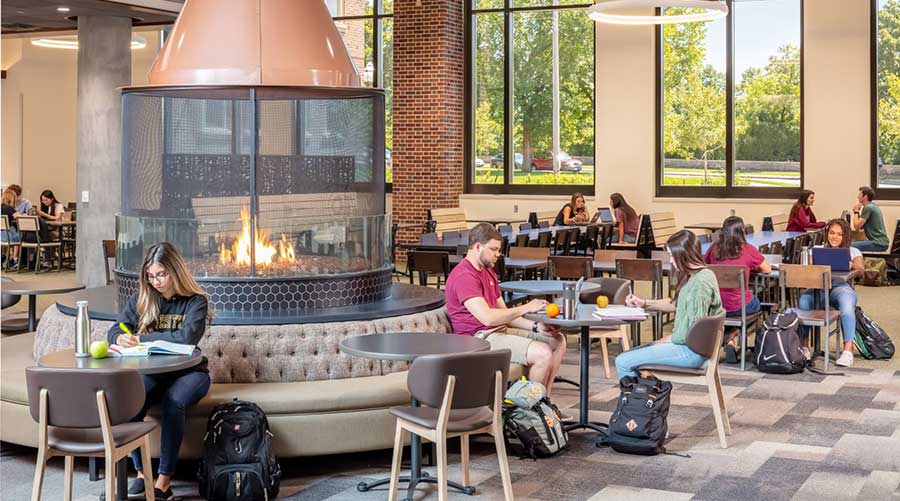LEED Certification Step by Step
To achieve certification under LEED-EB version 2.0, which has been revised to LEED-EB: Operations & Maintenance, organizations had to meet guidelines in five areas: sustainable sites; water efficiency; energy and atmosphere; materials and resources; and indoor environmental quality. The Merchandise Mart addressed key maintenance and operations issues in each category to achieve Silver certification under version 2.0.
Sustainable sites. Two important components of earning points in this category were developing alternative modes of transportation for building occupants. The Merchandise Mart is one of only two commercial complexes in Chicago to feature a public elevated train station on its property. The facility also has bicycle storage.
Water efficiency. Metering energy and water use has been integral in the Mart becoming more environmentally responsible, and in doing so, lowering utility costs.
“We put in metering so we could really analyze how the pumping system was working because we had always hoped to rebuild that system, which eventually happened,” Bettin says.
During the LEED process, the Mart decided to more closely monitor its HVAC system’s water use. Sensors in steam traps now help measure the amount of condensate in the units, and technicians can record and chart data to better assess performance. Managers also implemented water sub-metering.
“You need some baseline; you need data so then you can figure out, ‘Can I do something to make a 10 percent change or some change?’” Bettin says.
The Mart also developed a water-metering system for landscaping, collecting data on the amount generated by spigots irrigating landscapes.
Energy and atmosphere. Prerequisites for earning points in this category included existing-building commissioning, minimum energy performance and ozone protection. Metering and sub-metering are critical to the Mart’s energy-management plan.
“There’s plenty of areas around the country where tenant sub-metering doesn’t take place,” Bettin says. “You can only imagine the difficulty that other facilities have in trying to quantify the little initiatives that could be out there with getting tenants on board. That’s one big plus is that the tenants have been responsible for paying for their own electricity and have metering in place.”
Managers also have implemented practical solutions to save energy, including relamping programs and specifying variable-frequency drives for pumps.
Materials and resources. Managers also focused on ways to improve recycling efforts. They promoted on-site separation within construction areas before waste materials made their way to the refuse area, Bettin says. Other recycling initiatives include purchasing a lamp recycler and starting a program for managing electronic waste.
Managers also redefined construction and maintenance standards within the facility.
Indoor environmental quality (IEQ). Before achieving LEED certification, the Mart in 2006 joined Clean Air Counts, an initiative to reduce pollutants and energy use in the greater Chicago area. That program generated a baseline from which managers could reduce the amount of volatile organic compounds inside the facility.
Managers also have streamlined the process technicians use to handle IEQ service calls. Tenants used to fill out forms but now can lodge complaints over the phone or online.
As part of their IEQ management plan, managers also have specified carbon-dioxide monitors and other hand-held, diagnostic tools technicians use to measure the quality of indoor air, Bettin says.
Related Topics:














